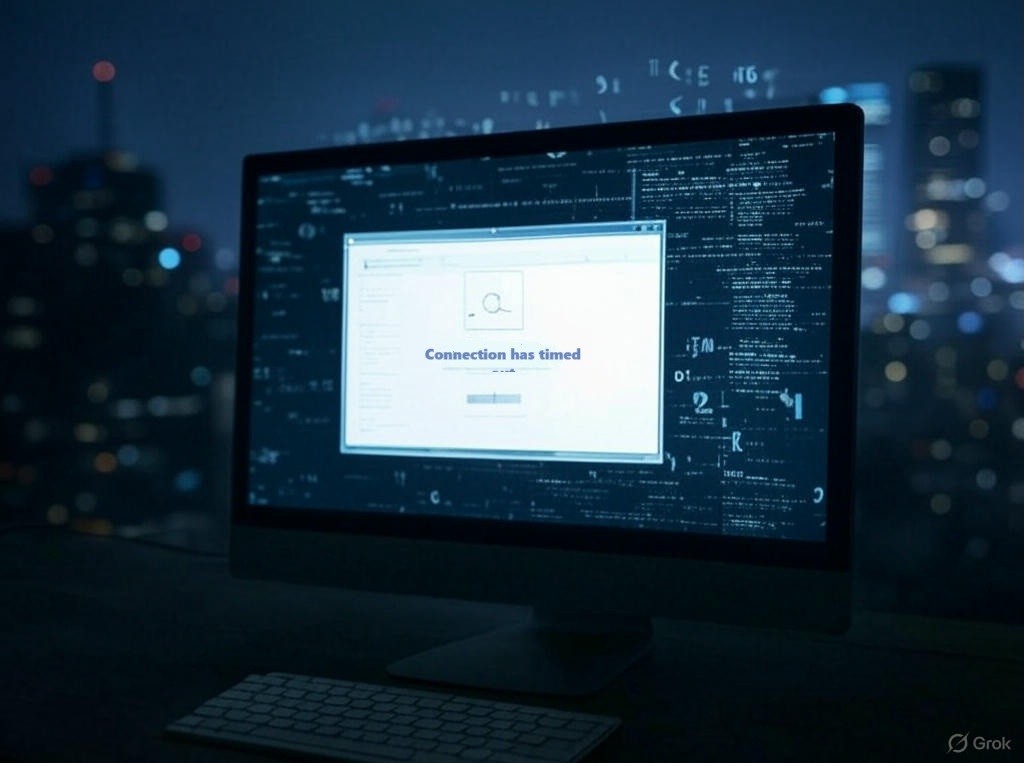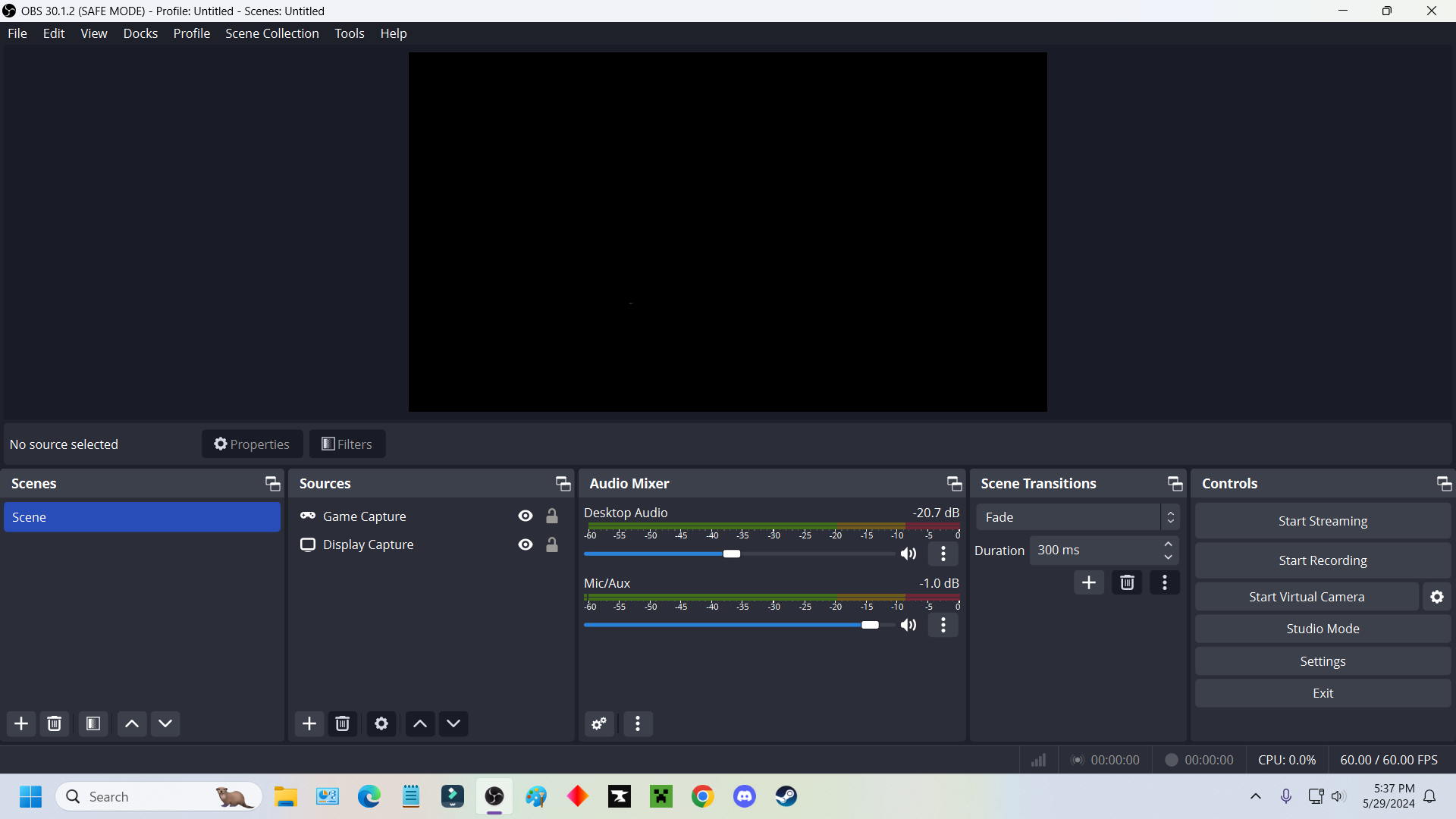What’s Up with the Recent DDoS Attacks?
If you’ve been online lately—whether gaming, streaming, or just scrolling—you might’ve noticed things getting a little glitchy. Websites lagging, services dropping, and the occasional “server unavailable” message popping up. Chances are, you’ve brushed up against the latest wave of Distributed Denial of Service (DDoS) attacks that have been making headlines in early 2025. So, what’s going on? Why are these digital tantrums spiking now, and what’s driving the uptick? Let’s break it down.
A Quick Refresher: What’s a DDoS Attack?
For the uninitiated, a DDoS attack is like a traffic jam engineered by bad actors. Hackers flood a target—think websites, game servers, or even critical infrastructure—with so much fake traffic that it can’t handle legitimate users anymore. The result? Everything grinds to a halt. These attacks aren’t new; they’ve been around since the internet’s awkward teenage years. But lately, they’re back with a vengeance, and they’re packing some new tricks.
The 2025 Surge: What’s Different?
As of March 12, 2025, cybersecurity experts are reporting a noticeable uptick in both the frequency and sophistication of DDoS attacks. One big driver? The rise of cheap, accessible tools. Botnets—armies of hijacked devices like your smart fridge or an old webcam—are easier than ever to rent on the dark web. For a few bucks, anyone with a grudge can unleash havoc. Add in AI-driven automation, and attackers can now tweak their strategies on the fly, making these assaults harder to block.
Another factor: geopolitics. Tensions in certain corners of the world have spilled into cyberspace. State-sponsored groups and hacktivists are increasingly using DDoS as a low-cost weapon to disrupt rivals, whether it’s targeting government sites, media outlets, or businesses tied to political flashpoints. It’s digital warfare with a side of pettiness.
Who’s Getting Hit?
Everyone, apparently. Gaming platforms like Steam and Xbox Live have been perennial punching bags—angry players or rival clans settling scores. But it’s not just fun and games. Financial institutions, e-commerce giants, and even healthcare systems have reported outages. Late last month, a major cloud provider saw a multi-terabit-per-second attack that briefly rattled its clients. That’s not just annoying—it’s a wake-up call about how reliant we’ve become on a handful of digital pipelines.
The Weird Twist: Extortion’s Back
Remember ransomware? Meet its cousin: DDoS extortion. Attackers are hitting companies with a one-two punch—crashing their systems, then demanding crypto payments to stop. It’s old-school mob tactics with a modern twist. Some firms pay up quietly; others fight back with beefed-up defenses. Either way, it’s a headache nobody signed up for.
What’s Being Done?
The good news? Defenders aren’t sitting still. Cloudflare, Akamai, and other mitigation pros are rolling out smarter filters to sift legit traffic from the noise. Governments are cracking down too—though tracking culprits across borders is like herding cats. On the flip side, attackers keep evolving, exploiting IoT vulnerabilities and 5G’s bandwidth to amplify their blasts. It’s a cat-and-mouse game, and we’re all stuck watching.
Why Should You Care?
Even if you’re not running a server, this mess affects you. Higher security costs get passed down to consumers. Downtime kills small businesses. And if critical services—like hospitals or power grids—go offline, the stakes get real fast. Plus, it’s just annoying when your Netflix buffers because someone’s mad at the internet.
The Bottom Line
The recent DDoS spike is a mix of tech, greed, and global drama. It’s not slowing down soon—experts predict Q2 2025 could get uglier as tools get sharper and motives get murkier. For now, stay patient when your connection hiccups. The internet’s a wild place, and 2025’s proving it’s not getting tamer anytime soon.



